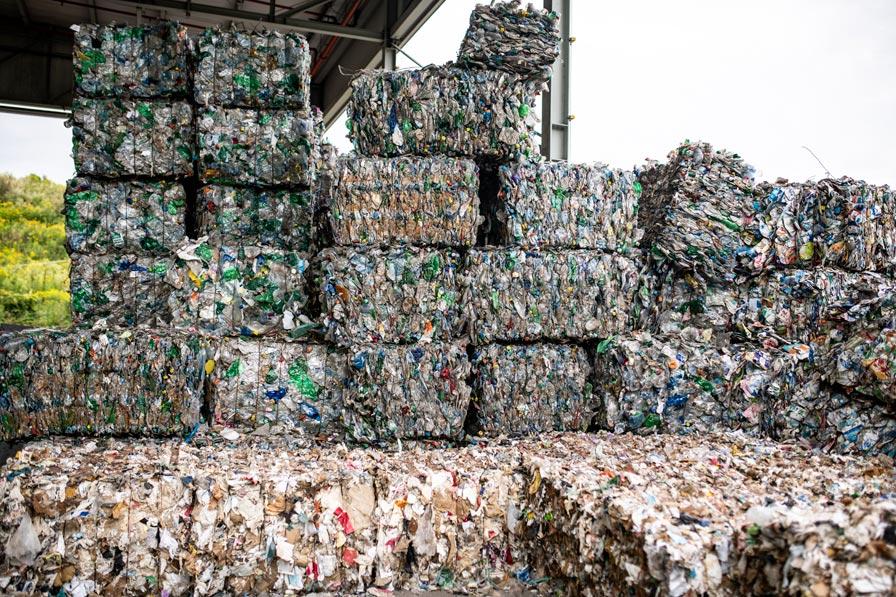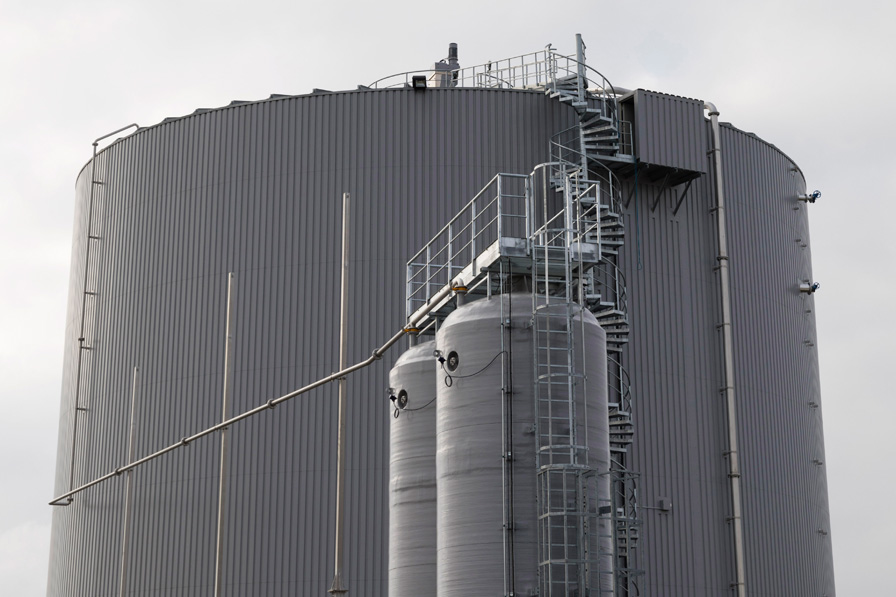We are making ecology a solution

A new approach to economics is emerging: the bioeconomy, the living economy. With it, we are paving the way for the transition from an economy based on fossil resources to another model based on biomass. Renewable gases have an important role to play in this model.
The Paris Climate Change Conference resulted in a universal agreement on the climate. Its goal? To keep the average increase in global temperatures well below 2 °C, and to endeavour to limit it to 1.5 °C by the end of this century. To meet this major challenge, without hindering the quality of life and development capacity of future generations, new modes of production and consumption must be adopted to become more efficient and more compatible with the planet’s limitations. This is exactly the ambition of the bioeconomy.
The ecological transition won’t happen without renewable gases
The bioeconomy is the economy of living things. It includes all biomass production and processing activities for food production, bio-sourced materials, and renewable energies. This is not an epiphenomenon as, through its various activities, it already employs nearly 1.9 million people in France and concerns 80% of the country.1
In terms of energy production, renewable gases are a real driving force. Aside from their impact on global warming, they also help protect our natural resources and ecosystems. They strengthen our energy independence, create added value, level out our trade balance, reinforce the economic and social momentum in our regions and contribute to creating employment.
Renewable gases, a circular energy source
The issue of waste and its management, by nature, poses a twofold environmental and economic problem. With renewable gases, we are producing non-intermittent renewable energy that is beneficial to the community, using polluting or poorly recovered materials. To provide a single solution to a two-fold problem is virtuous.
More generally, while the bioeconomy is central to the ecological transition, the ecological transition is just as central to the bioeconomy. Renewable gases are further proof of this. They contribute to developing the circular economy to the point that they are even being considered as a circular energy source. They come from the regions, they support the creation of non-relocatable jobs and benefit the urban areas surrounding their production sites. They also promote the development of new agricultural practices: they provide farmers with additional income and they also facilitate the switch to more environmentally friendly agriculture by reducing the use of chemical fertilisers in particular.
In 2012, in one of its publications entitled Innovating for sustainable growth: a bioeconomy for Europe, the European Commission defined a framework for reflection, which is not only uncontested to this day, but has also ended up becoming a reality for all of us when we consider the challenges of the future. Although in 2012 renewable gas didn’t receive the same attention as it does today, could we not be tempted to replace the word bioeconomy with renewable gas in the following paragraph and say that this statement is just as accurate? “The Europe 2020 strategy recommends developing the bioeconomy as a key element of green and smart growth in Europe. (…) Presented as an alternative to “all-oil” economies and the exhaustion of natural resources, this bioeconomy would be able to produce equivalents or substitutes. (…). It would thus meet current consumer demand, while minimising the environmental impact of producing these goods while contributing to the fight against climate change.”
Renewable gases are not just an energy solution. They have a positive economic impact. They provide new and reassuring social solutions. They respond to the environmental concerns of our planet and our regions and, finally, they contribute to preserving the quality of our agricultural and food-producing activities. Let’s look at renewable gases differently. It is time to consider them as transdisciplinary solutions to our concerns about life and the future.
1 Une stratégie bioéconomie pour la France – plan d’action 2018-2020, ministère de l’Agriculture

